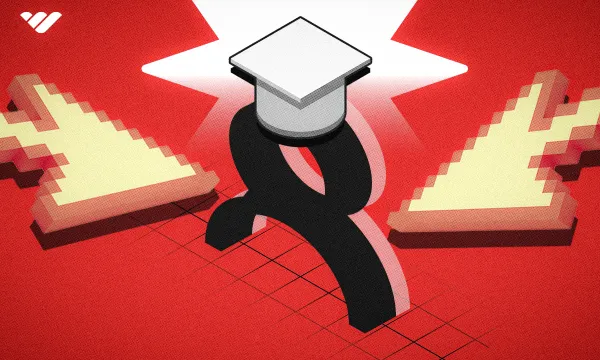UGC is a term that’s getting bandied about quite a lot on social media, and more than a few people are confused by it. Yet, the people in the know are also attaching big sums to the phrase, with creators, even relatively unknown ones, making tens of thousands of dollars a month with UGC.
If you’re curious about how you too can get into the UGC business and become a UGC creator to start making money from your content, you’ve come to the right place. We’re going to take a deep dive into all things UGC, outline some very different types of UGC and their creators, and show you how to become one.
What is UGC?
UGC stands for User-Generated Content, and refers to any sort of media created by individuals to help a brand sell products and services. This sort of content tends to be organic in nature and without any incentive from the brand’s audience.
An easy example to really pin down UGC is an Amazon review with attached photos or even video. That’s created by a real customer using their own, self-shot media and honest thoughts, and represents a basic but extremely accurate form of UGC. The spectrum can go a lot further, however, extending into different types of content such as unboxing, full product reviews, demos, testimonials, and so on.
What is a UGC Creator?
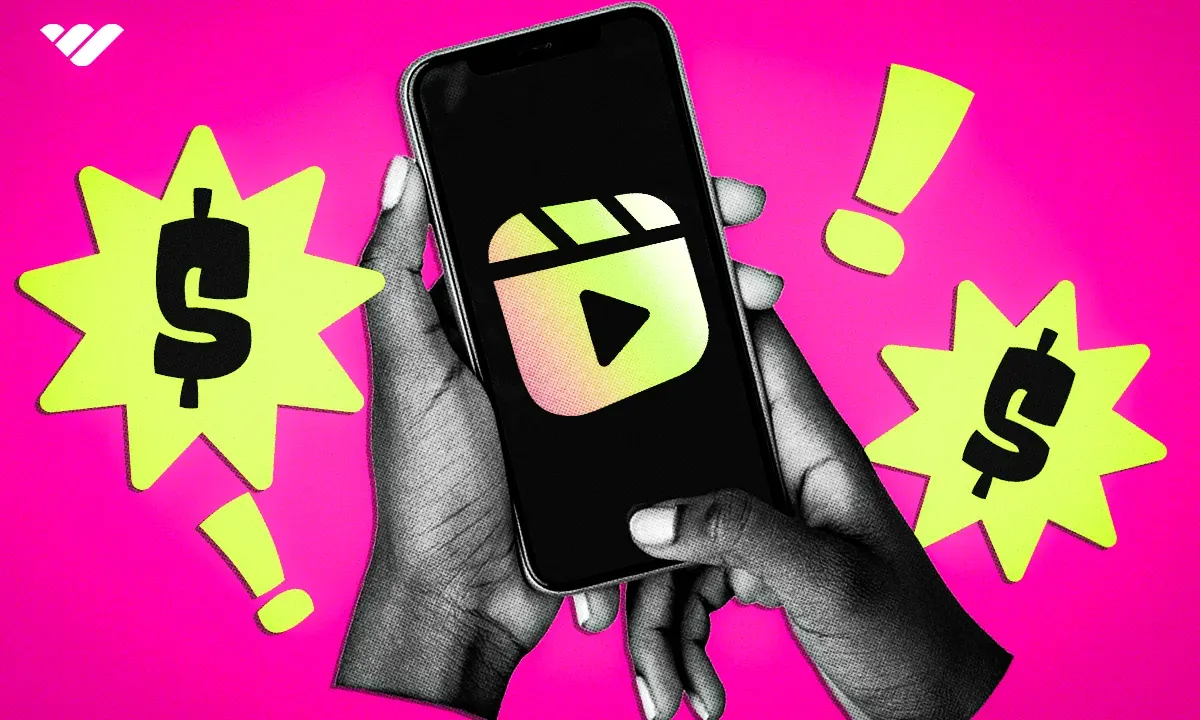
A UGC creator is someone who creates UGC, capturing video or taking images of a company’s products with added narration and content before sending the media to the brand. UGC creators are usually given the brand’s products or services for free, and many UGC creators are paid.
Today’s audience is extremely different to that of yesteryear, and the spectrum of marketing has been turned on its head by content platforms like YouTube, Twitch, TikTok, Instagram, etc. Rather than producing multi-million dollar adverts on TV, many companies find it far more effective to tap up the authentic, lo-fi sort of content that UGC creators produce and today’s audiences take far more seriously. Authenticity is crucial and ever more increasingly sought out, and UGC creators provide it.
What’s the Difference Between Content Creators and UGC Creators?
There’s a very fine line between digital content creators and UGC creators, and some of what many content creators do certainly verges into the realms of UGC in many ways. That being said, the key difference between the two sorts of creator is that UGC creators are fully focused on the brands that they’re hired by and are creating content for.
UGC creators may not even have a following of their own, and their ultimate objective is to follow the brand’s brief and create authentic, often unpolished content that showcases the brand’s product or service in a real-life setting—a lot of the time not even attempting to endorse or promote the product or brand.
This sense of purpose separates the two since content creators are more for building their own brands and fulfilling their own objectives. Top content creators also tend to have far more resources to throw at the content, with more hardware and software to deploy and polish the media they produce—UGC is all about that “smartphone selfie” look and feel.
6 Examples of UGC Creators
There are tons of UGC creators out there, and the rate at which they’re being embraced by different brands can be staggering if you weren’t really aware of it. This, for example, is what the TikTok account of Starbucks looks like:
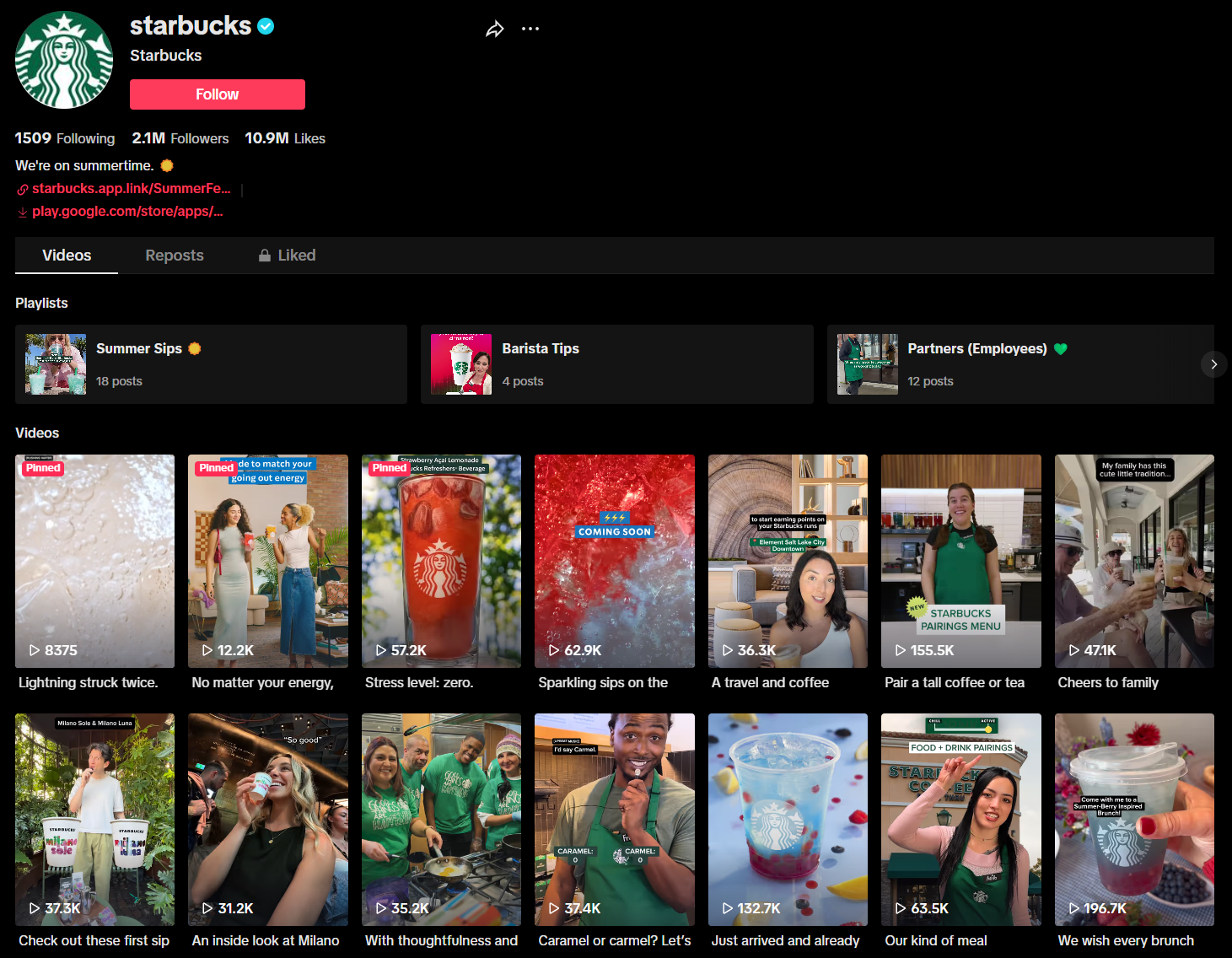
Some of the videos on this page are professionally produced by the brand themselves, but most of what you see is UGC.
1. Piper Phillips
This video is on the first row that you just saw on Starbucks’ TikTok channel earlier. Piper doesn’t just do UGC and has a TikTok of her own with over 89k followers, but this video was one she sold to Starbucks, and is posted by them on their channel to tie in with the story she’s telling rather than explicitly endorsing the product.
2. Roblox
Roblox is another rich area for UGC creators, and in this YouTube Short video Dorothy talks about how she can get to express herself and her personality as a Roblox UGC creator. There are a wide variety of different UGC creators making content for Roblox, matching the platform’s popularity and massive audience.
Roblox has its own UGC program, where people can make meshes in Blender for others to buy and use on their avatar.
3. Serena Williams
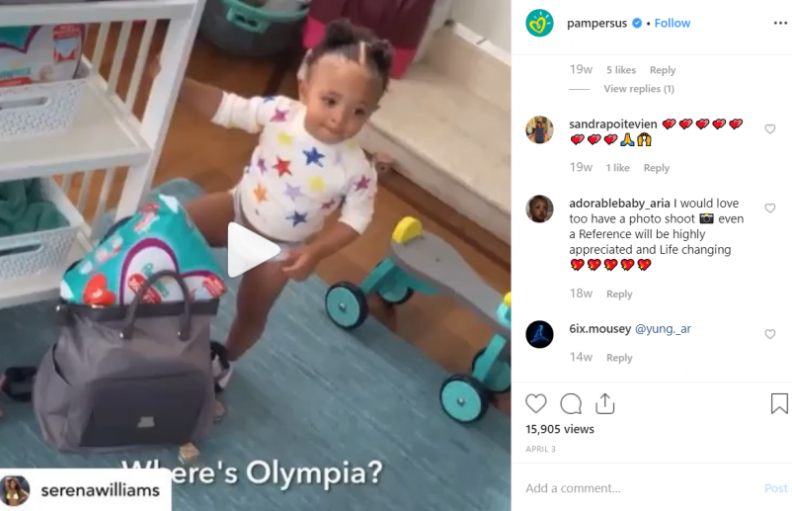
UGC creators don’t need to be unknowns or smaller creators. In this Instagram example, Pampers are using UGC from none other than tennis legend Serena Williams to underline the pool of their brand.
4. Samsung Galaxy
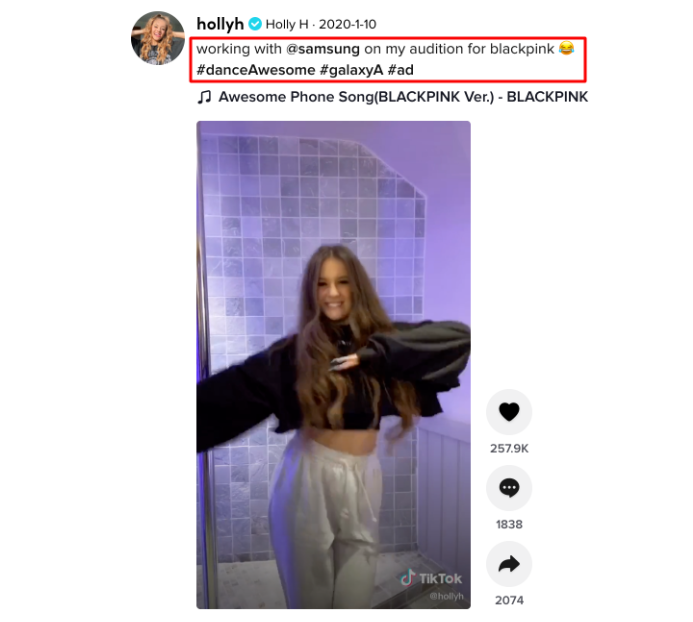
Rather than strike a deal with creators one at a time, brands have found that there are many ways to generate UGC. Samsung challenged fans to post creative social content for a chance to win one of their new phones—a campaign with staggering ROI, given that videos like the one from TikTok pictured above, gained massive amounts of exposure and engagement.
5. Tim Urban
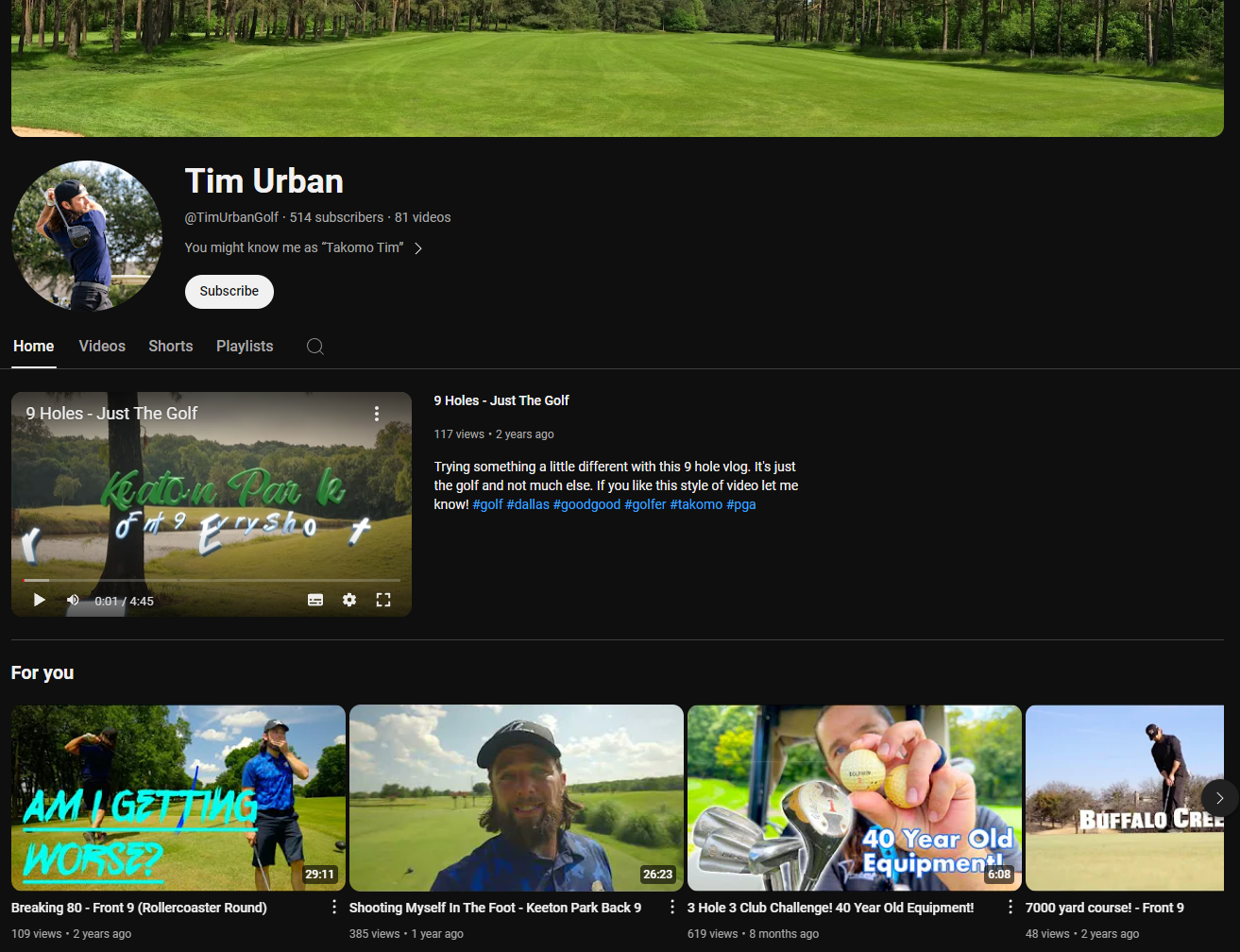
This is Tim Urban’s YouTube channel, and if you know how the platform works you’ll see that he doesn’t have enough subscribers to get monetized on YouTube even with 81 videos posted. However, as he notes on his bio, he’s more popularly known as Takomo Tim because he creates a lot if not most of the UGC YouTube content for Takomo Golf, a direct to consumer brand.
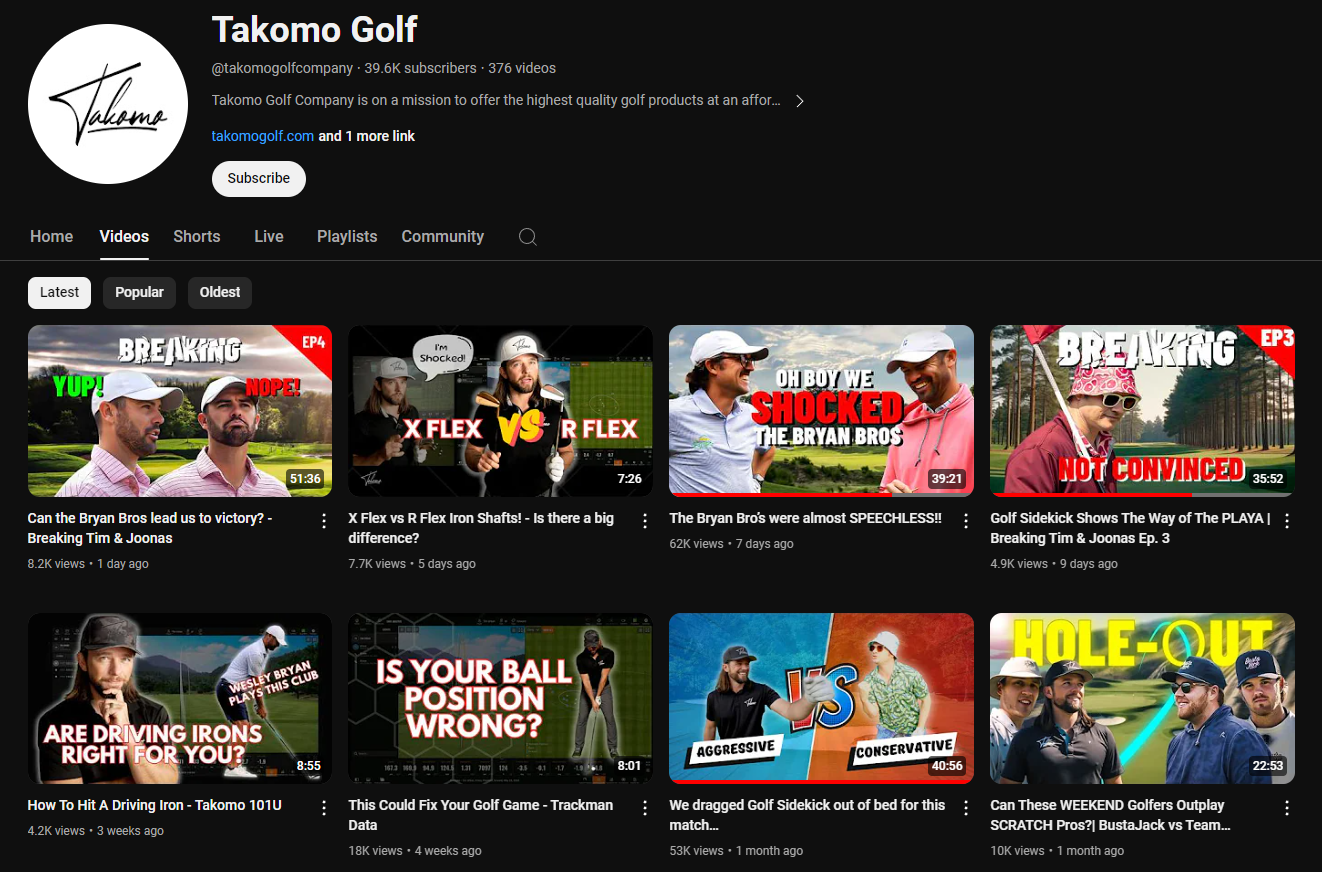
That’s the Takomo Golf channel, and you can probably see Tim’s glorious mane on most of those thumbnails—and all of that content very much follows the algos when it comes to top YouTube golf videos, none of it is explicit promotion of Takomo’s products although they are very much mentioned, pictured, and featured within the content.
6. Nivea
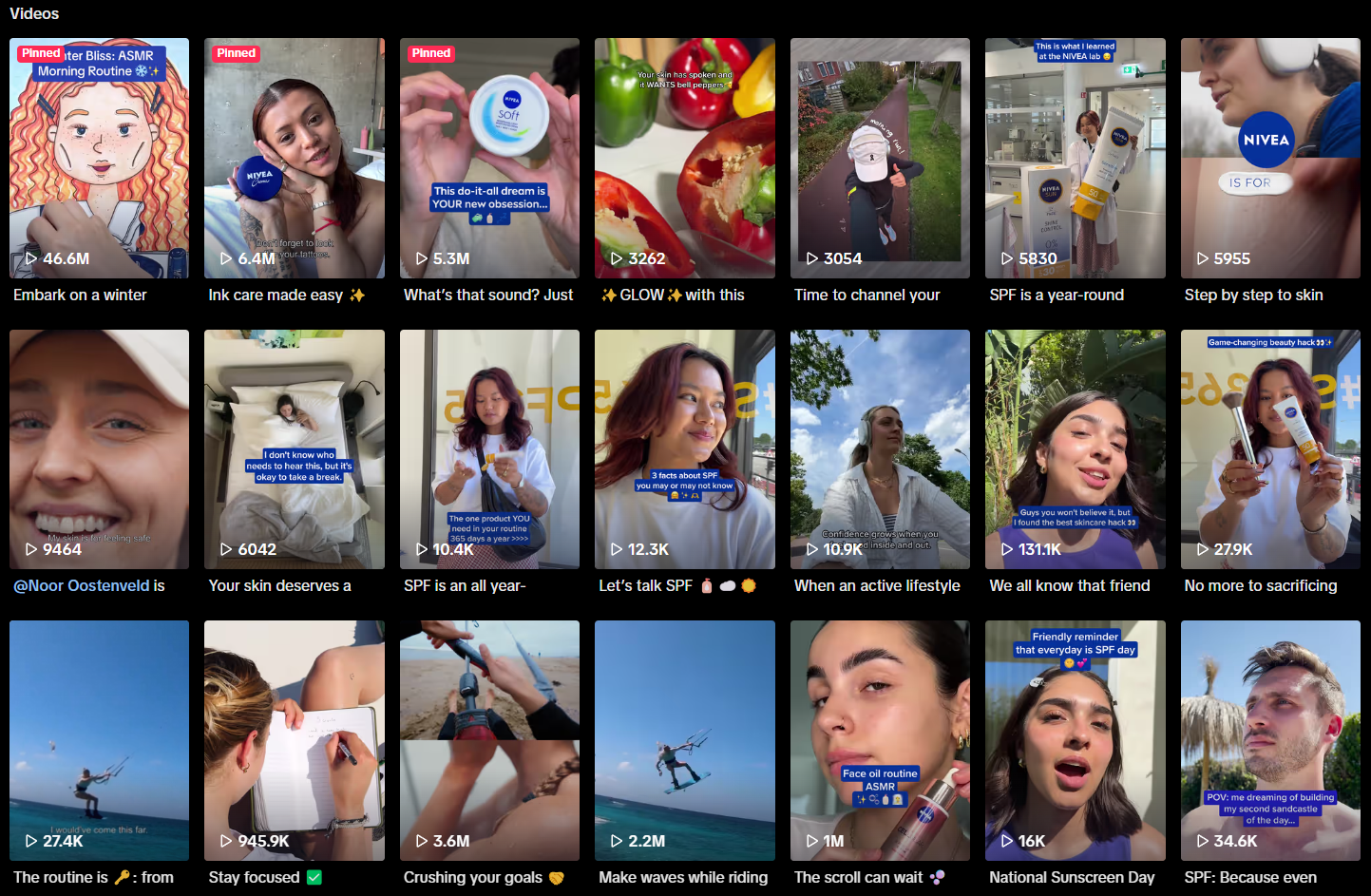
Nivea, and beauty products in general, are known for leaning heavily into UGC. Above are some of Nivea’s most recent TikTok videos, and you’ll see that several UGC creators are particular favorites of the brand—such as Amy Nathalie (three videos in the above image), Noor Ostenveld (two), and Saniya (two).
How to Become a UGC Creator
So now you know what UGC creators are and what they do, you may be wondering how you can become one. Well, one of the best things about becoming a UGC creator is that the barriers to entry are extremely low, and it costs nothing to get started. You shouldn’t expect to hit the jackpot right away, though, and it can take some time and graft for you to get established and turn UGC into something more than a side hustle.
Choose a Niche
This is one of the most important facets of the process, and it’s also easy to do. You can start by picking an industry you’d like to work in, ideally one that you know about and have a finger to the pulse of. In order to connect with the audience in that industry, it helps to live and breathe it already—after all, in your UGC, you’re going to have to walk the walk and, even more importantly, talk the talk, meaning all of that industry’s lingo or jargon.
You can also look at a selection of brands you aspire to work with, and check out their social media channels to see how much UGC they’re already doing. If they’ve got a lot of different faces and voices out there already, you’ve got every chance of being added to the roster.
This research phase can be important, because it’ll give you an understanding of the UGC landscape and how different brands and industries are using it—and that’ll inform you as to what sort of content you might be most successful with.
Recording Gear
This one’s easy, because in many cases, all you’ll need is a smartphone. That said, you probably should check out the different types of microphones that creators use—different types of mics can work for different types of content, and lapel mics can be extremely effective for the most common types of UGC.
You can also think about investing in a professional camera if you want your recordings to be just right–lo-fi and authentic doesn’t necessarily mean blurry or badly recorded–and editing software for your PC, tablet, Mac, or smartphone is a must-have.
Create a Portfolio
This one’s big, because a brand isn’t going to take you on without some work that they can look at and transpose themselves into. Luckily, a content portfolio doesn’t have to be the chicken and egg situation that a lot of traditional walks of life involve, such as resumes and work experience.
Even if you don’t have any paid UGC content under your belt, there’s nothing stopping you from just going ahead and creating some. Tie this into your niche—if you want to do lifestyle UGC, pick up stuff you have lying around and start filming. If you want to get into the gaming niche, start recording some game sessions and see what you can cut it into. There’s nothing stopping you from creating a portfolio right away.
Learn how to Edit
UGC creators who have turned it into a full-time business either have a full-time editor or take on freelancers for this job, but if you’re just starting out, you’ll have to edit your content yourself. It can be painstaking work but it’s not as hard as it looks, and given the lo-fi feel of UGC, you don’t need all the bells and whistles.
You can learn every trick in the book online for free from a variety of sources, and just searching for a video tutorial or two on basic video editing on the platform or app of your choice should turn up plenty of results.
Network with Brands
If you don’t get in contact with brands you’ll never be able to work with them, so take every opportunity you can to network. Whether it’s personal connections, platforms like LinkedIn, or some other source, mine your access to brands in your niche for all you’ve got. With your portfolio in hand and a compelling case prepared, you might get lucky when you pitch.
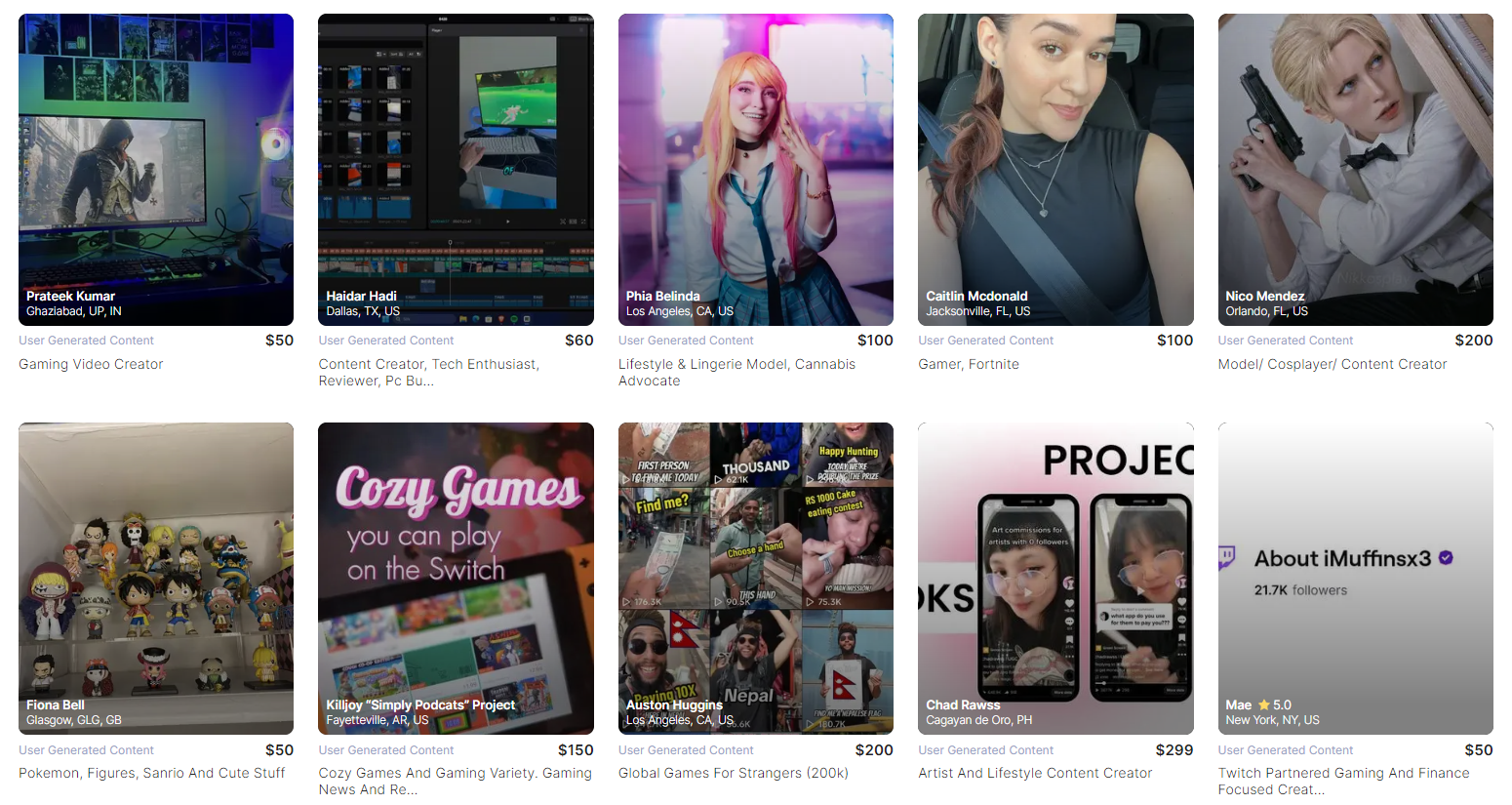
There are also a multitude of websites out there serving to connect brands with UGC creators, so get yourself and your portfolio listed. The above is an image featuring a few gaming UGC creators on Collabstr, but there are a number of other platforms you could try including Trend, TRIBE, Youdji, and UGC Shop.
Build an Online Presence
Building an online presence for yourself is another great way of getting noticed and putting your portfolio out there for the world to see, so a YouTube, Instagram, or TikTok account of your own could be an excellent strategy. That’ll also start helping you to build an audience, which can then factor into the deals you make with your clients.
And hey, you might decide to adopt one of those platforms as a money-making side hustle and not just a portfolio for your UGC! If you want to know more about how to do so, check out our YouTube and TikTok guides.
Top Tips for Becoming a UGC Creator

1. List Yourself Everywhere
We already mentioned the importance of getting yourself listed on different creator platforms and creating content accounts for yourself, but it’s worth underlining. You might also be surprised to find out that traditional job boards and freelancer portals are also opening their gates and adding categories like “UGC creator”. You can bet that big brands looking for a TikTok UGC creator or a YouTube UGC creator are searching on platforms like Fiverr and Upwork too.
2. Work on Your Pitch
Until you reach a certain plateau in the content creation business and the dynamic flips on its head, you’ll still have to reach out to brands and pitch them rather than have them come to you. If possible, try and do your homework on the brand that you’re pitching to, customize your pitch to them, and ensure that you focus on the value you provide and the story they can tell with you at the helm.
3. Understand the Market
UGC isn’t a passion project or a hobby—your aim is to draw fairly from the marketing budget that companies have put aside for the purpose. So, as part of your research into your niche and the broader market, try and get a handle on what the industry rates are like, and how you can price your content. You might even find content from other UGC creators sharing their rates and tips on getting brand deals!
4. Pick the Right Brands
Going after the right brands is crucial—just as you’re attaching your face and voice to the brands you work for, getting picked up by them in the first place can be challenging if you target the wrong ones. Smaller, more disruptive brands tend to be a better bet than traditional big names, but the brand’s customer demographic matters too. If your research suggests that a brand targets social media users, you’re in luck.
Find Expert UGC Tips and Resources on Whop
People who have been there and done that are often the best source of wisdom in areas like UGC, and one of the easiest ways to find them is via the Whop marketplace. Whop plays host to some of the internet’s best social media communities, and you can join them to learn all of the tips, tricks and insider secrets of the business.
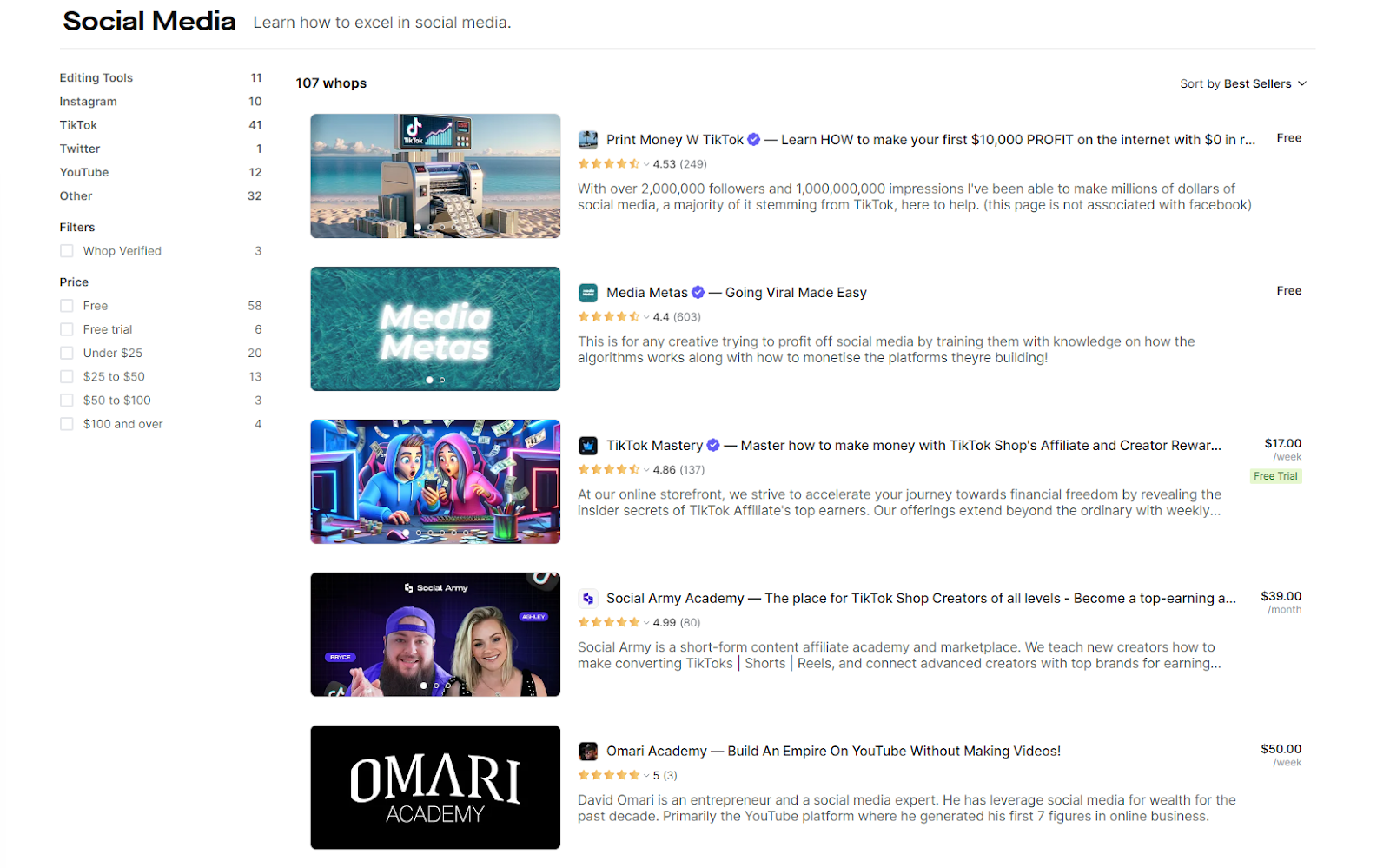
Whop is today’s home for all things digital, and as a content creator you’re missing out if you don’t mine groups like this for all they’re worth—from learning about social media algorithms to tools and techniques helping you create faster and more efficiently, you’ll find everything you need on Whop.
FAQs
What is a Roblox UGC creator?
Roblox has its own UGC program, where users can create in-game accessories and sell them to other users. These people are known as Roblox UGC creators.
How to become a UGC creator?
All you need is a smartphone. Start doing video based on your niche, and build up a portfolio of content using which you can pitch to the brands of your choice. Having an online presence and listing yourself on different platforms can help too.
How many followers to monetize UGC?
You can actually make money from UGC without a single follower. In UGC, you’ll simply create content for a brand, and they’ll post it on their socials to be consumed by their audience. Your having an audience or being a recognizable face, or posting it on your channels too, is a bonus.


![40 Easy ways to make money online [2024]](/blog/content/images/size/w600/2023/11/20-ways-to-make-money-online--1-.webp)


